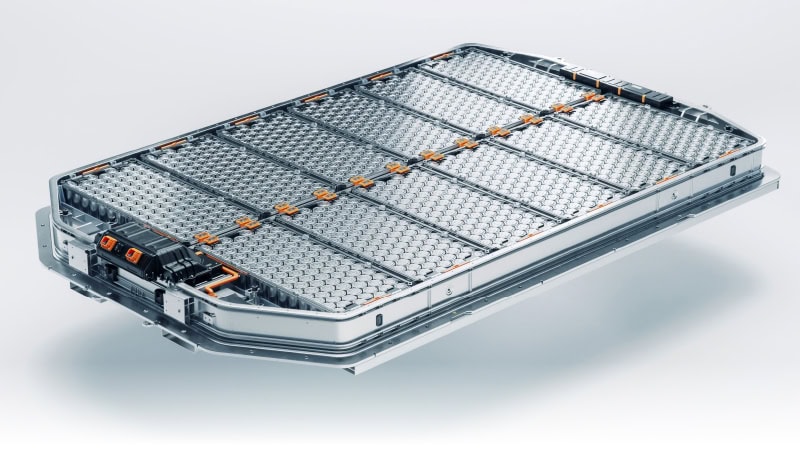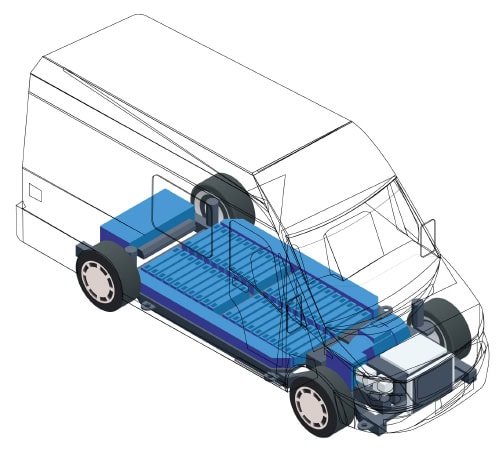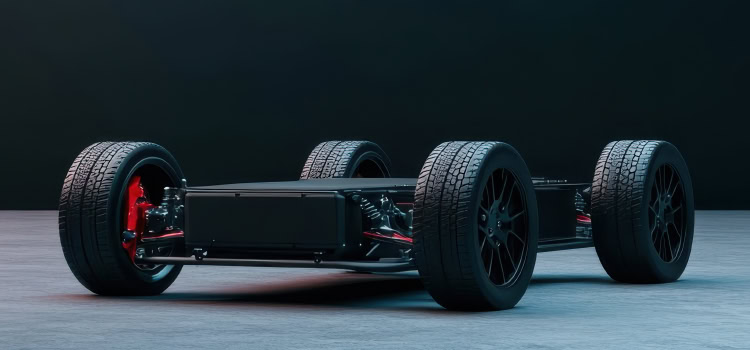How Skateboards Could Propel Last-Mile Electrification

For the last-mile sector, light commercial vehicles that offer flexibility and storage space rule. Here’s how skateboard design could give electric vehicle (EV) makers an edge.
With the global market for last-mile delivery vehicles expected to grow by more than 10% by 2030, electrical vehicle makers can gain momentum in this sector with the skateboard architecture, an engineering innovation.
At the heart of the skateboard architecture is a modular platform resembling a skateboard deck, upon which all major vehicle components are mounted. This includes the battery pack, electric motor(s), suspension, braking systems, and other elements. By consolidating these components into a single, flat chassis, manufacturers gain flexibility in designing various vehicle types.
 The skateboard’s scalable design allows manufacturers to easily adjust the size, shape, and payload capacity of the vehicle, without the need for extensive retooling or redesigning. Different “top hats” (the styling above the chassis including elements such as the body, interior, and exterior) can be implemented on top of the skateboard platform.
The skateboard’s scalable design allows manufacturers to easily adjust the size, shape, and payload capacity of the vehicle, without the need for extensive retooling or redesigning. Different “top hats” (the styling above the chassis including elements such as the body, interior, and exterior) can be implemented on top of the skateboard platform.
Skateboard architectures can help advance electrification by standardizing key components and using electric powertrains. The modular design facilitates easier maintenance and updates. Service technicians can quickly access and replace individual components.
The platform can be adapted for various uses, and upfitters can add different elements to the base vehicle—for example, refrigeration units for delivering groceries. The platform design also provides ample space for storage.

General Motors originated the skateboard architecture, or skateboard platform, in the early 2000s for a fuel cell vehicle. The platform has now become popular for EV manufacturers.
Last-mile delivery vehicles are well suited for electrification because they travel shorter distances in urban environments and are thus less likely to face range anxiety concerns. The modularity and flexibility of the skateboard architecture could help steer this market toward electrification.
SOURCE: Pailton Engineering; top and left images courtesy of Pailton Engineering
